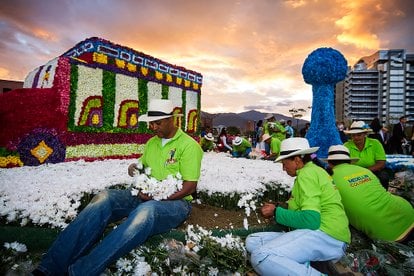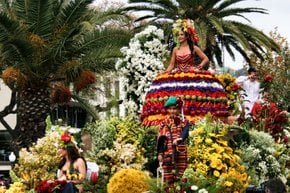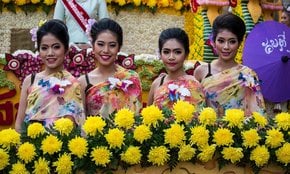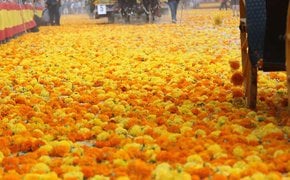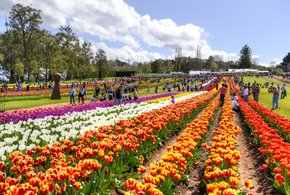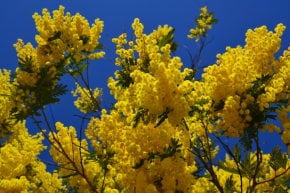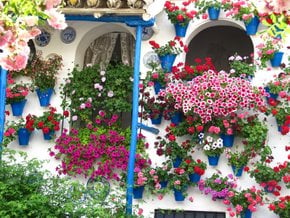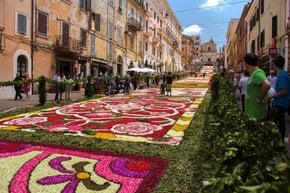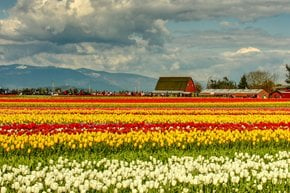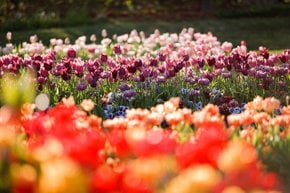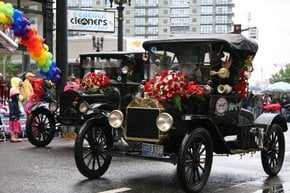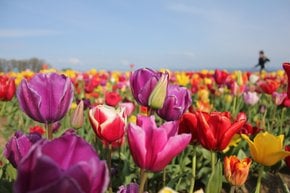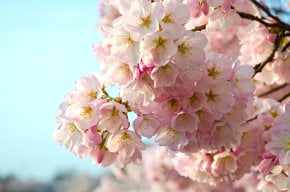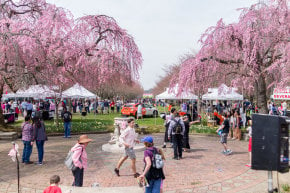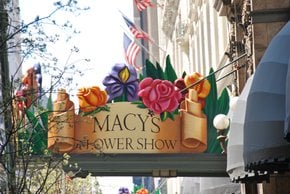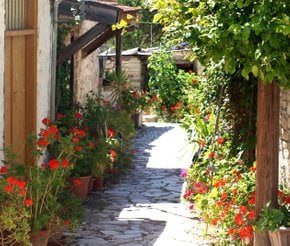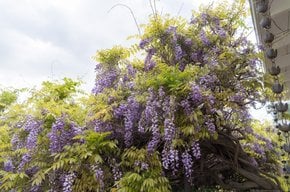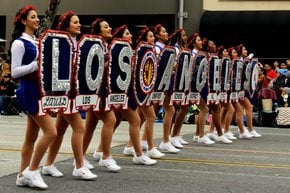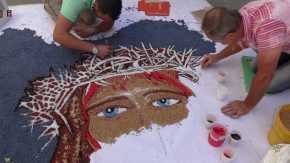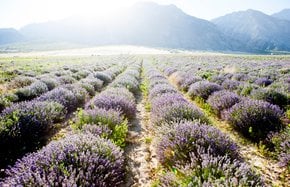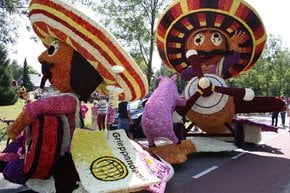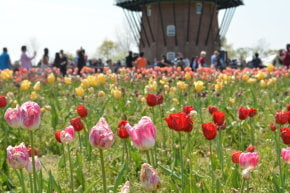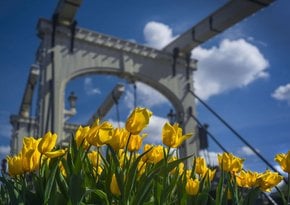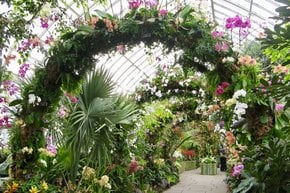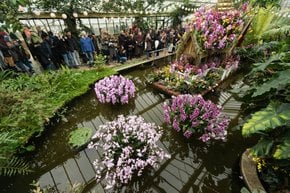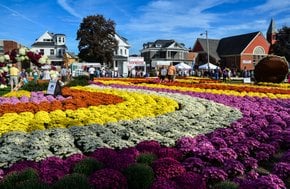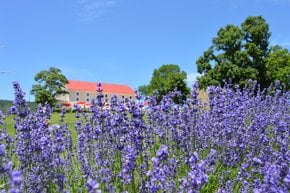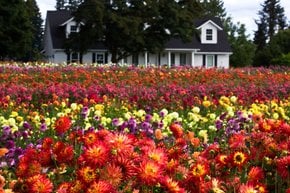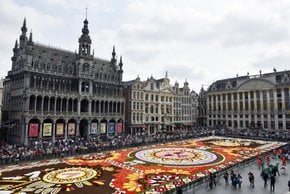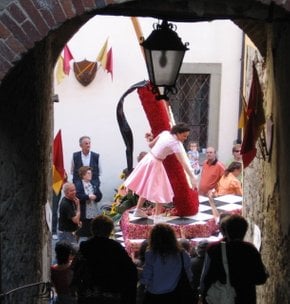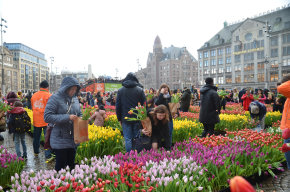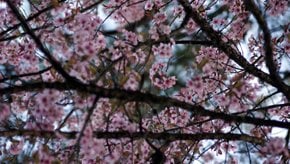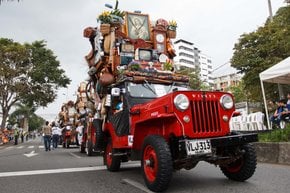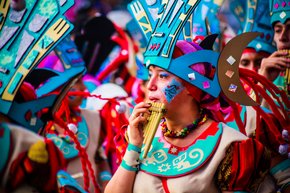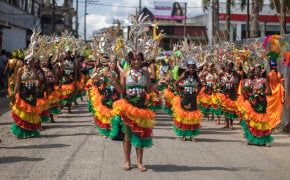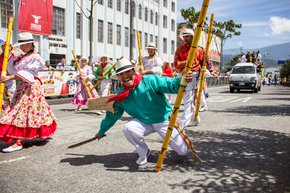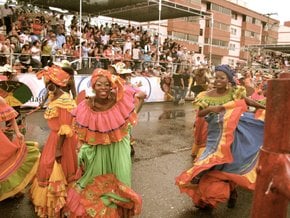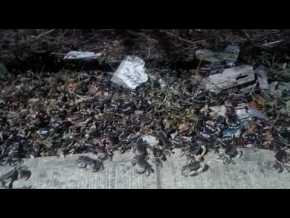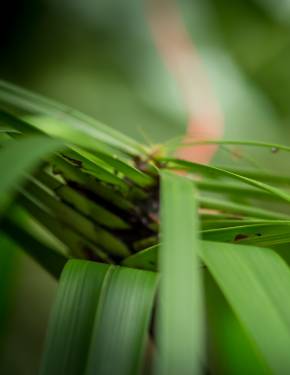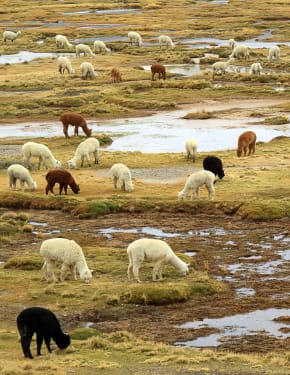Feria de Las Flores (Flower Festival) 2024 in Colombia
Feel the beauty of nature and explore more than 60 unusual and stunning kinds of flowers
Dates: August 2–11, 2024
The Feria de Las Flores, or Flower Festival, is one of the most important and beautiful annual events in Medellín, the "city of eternal spring." Celebrated during the region's main flower season, the festival also commemorates Virgin Mary Day and the end of slavery. Alongside its stunning floral displays, the festival features a variety of events and activities that celebrate Colombian culture and highlight the country's agricultural heritage.
Events & Activities
The Flower Fair features over 100 events, including a horse fair, an orchestra festival, an old and classic car parade, and the national trova festival, where singers duel in improvised verses, and an 11km bike ride, known as "Feria al Ritmo de Bici." Other highlights include a dog walk, musical and cultural platforms, the festival of remembrance and folk songs, and the national "noise on wheels" championship. Besides, there is folk music, dancing, and tasty traditional food and drinks. The festival is full of different activities like impressive live concerts and pagan parades.
The Silleteros Parade
The true highlight of the Flower Fair is the flowers and the flower farmers, who carry ornate bunches of flowers on their backs. The event showcases over 60 types of flowers, including lilies, carnations, sunflowers, chrysanthemums, gladioli, orchids, and roses. Men, women, and children proudly display floral depictions of their life stories, land, and culture. The silletas, made from wood with a back plate and handles, were historically used to transport people through the Andes in Antioquia. The best place to see them is at the Desfile de Silleteros, the final event of the Feria de las Flores. In this parade, over 500 Silleteros of all ages walk a 2.4-kilometer route with their silletas on their backs.
The Chiva Carnival
An essential element of the Feria de las Flores is the Chiva carnival, featuring traditional Colombian open-sided buses. Built to navigate mountainous terrain, these colorful buses often carry people, livestock, and produce. Every year, around 80 intricately decorated Chivas participate in a three-hour parade through the city, competing for the best decoration and mechanical function. Owners proudly name their vehicles adorned with fruit, flowers, balloons, and the colors of the Colombian flag. Winning the carnival is prestigious, with prizes and the opportunity for the chiva to be featured in next year's publicity photos.
The Parade of Antique Cars
Classic and vintage car enthusiasts will enjoy a parade featuring vehicles from various generations, proudly displayed by their owners. Held the day before the main event of La Feria, the cars crisscross the city streets, which are lined with enthusiastic spectators. Drivers often dress in elegant attire matching the era of their cars, evoking nostalgia for the oldest spectators and reminding them of the Medellín and Antioquia of the past.
Locations
The fiesta will feature multiple events across various stages throughout the town and neighborhoods, including Carrera 70, Teatro al Aire Libre Carlos Vieco, Pueblito Paisa/Cerro Nutibara, Corregimientos de Medellín, Hangar Park, Aeroparque Juan Pablo II, Alcaldía de Medellín, Teatro Pablo Tobón Uribe, Parque Norte, Parque Lleras, and other locations.
Origins of the Festival
The first Feria de las Flores in Medellín was held on May 1, 1957, lasting five days. It featured dancing in purpose-built stalls throughout the city for locals to enjoy. Arturo Uribe from the Office for the Promotion of Tourism suggested that local flower growers, known as silleteros, parade through the streets. He invited forty silleteros from Santa Elena, a district renowned for its flower production. The parade's vibrant floral displays captivated spectators, and the beloved tradition has continued ever since.

